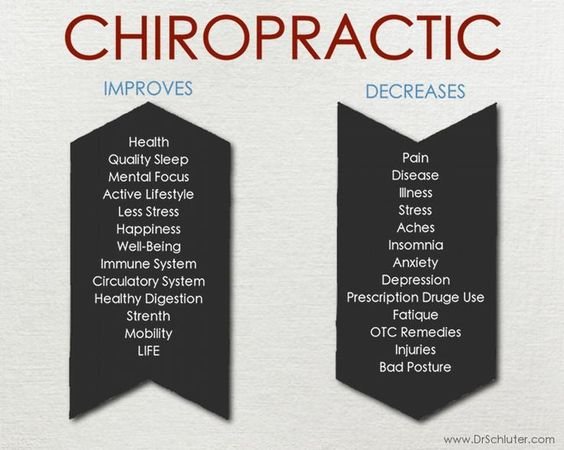Key Daily Routines That Cause Pain In The Back And Exactly How To Mitigate Their Results
Key Daily Routines That Cause Pain In The Back And Exactly How To Mitigate Their Results
Blog Article
Post By-Mckay Glud
Maintaining correct posture and preventing typical pitfalls in daily tasks can considerably affect your back health and wellness. From exactly how you rest at your desk to just how you lift heavy things, little adjustments can make a large difference. Imagine a day without the nagging pain in the back that impedes your every action; the solution could be easier than you believe. By making official site to your day-to-day practices, you could be on your method to a pain-free presence.
Poor Stance and Sedentary Way Of Life
Poor posture and a less active way of life are two significant factors to neck and back pain. When you slouch or inkling over while resting or standing, you put unneeded pressure on your back muscle mass and spine. This can cause muscle mass inequalities, stress, and at some point, chronic neck and back pain. Additionally, sitting for long periods without breaks or physical activity can weaken your back muscles and bring about tightness and pain.
To battle inadequate posture, make a conscious initiative to rest and stand up directly with your shoulders back and lined up with your ears. Remember to maintain your feet flat on the ground and stay clear of crossing your legs for extended periods.
Integrating routine stretching and reinforcing workouts right into your everyday routine can also aid improve your pose and ease back pain related to an inactive way of life.
Incorrect Training Techniques
Improper lifting techniques can substantially contribute to neck and back pain and injuries. When you lift hefty things, bear in mind to bend your knees and utilize your legs to lift, rather than depending on your back muscle mass. Avoid twisting https://www.medicalnewstoday.com/articles/postpartum-joint-pain while training and keep the item close to your body to reduce pressure on your back. It's crucial to maintain a straight back and stay clear of rounding your shoulders while lifting to avoid unnecessary stress on your spinal column.
Always examine the weight of the object before raising it. If it's also heavy, ask for assistance or usage devices like a dolly or cart to deliver it safely.
Bear in mind to take breaks throughout lifting tasks to give your back muscles an opportunity to rest and avoid overexertion. By carrying out appropriate lifting strategies, you can stop pain in the back and lower the threat of injuries, ensuring your back remains healthy and strong for the long-term.
Absence of Regular Exercise and Extending
A less active way of life devoid of normal workout and extending can substantially contribute to back pain and discomfort. When you don't take part in physical activity, your muscle mass come to be weak and stringent, leading to poor position and boosted stress on your back. Normal exercise aids reinforce the muscles that sustain your back, improving stability and lowering the threat of neck and back pain. Including stretching right into your regimen can likewise enhance versatility, protecting against stiffness and pain in your back muscular tissues.
To prevent pain in the back caused by an absence of exercise and extending, go for at least 30 minutes of modest exercise most days of the week. Consist of back spine that target your core muscles, as a solid core can assist ease stress on your back.
Additionally, take breaks to extend and move throughout the day, particularly if you have a desk task. Basic stretches like touching your toes or doing shoulder rolls can help ease stress and avoid neck and back pain. Focusing on routine workout and extending can go a long way in keeping a healthy back and minimizing discomfort.
Conclusion
So, bear in mind to stay up directly, lift with your legs, and remain active to stop neck and back pain. By making easy changes to your everyday routines, you can avoid the discomfort and constraints that include neck and back pain. Care for your back and muscle mass by practicing great posture, appropriate lifting techniques, and routine exercise. Your back will thank you for it!
